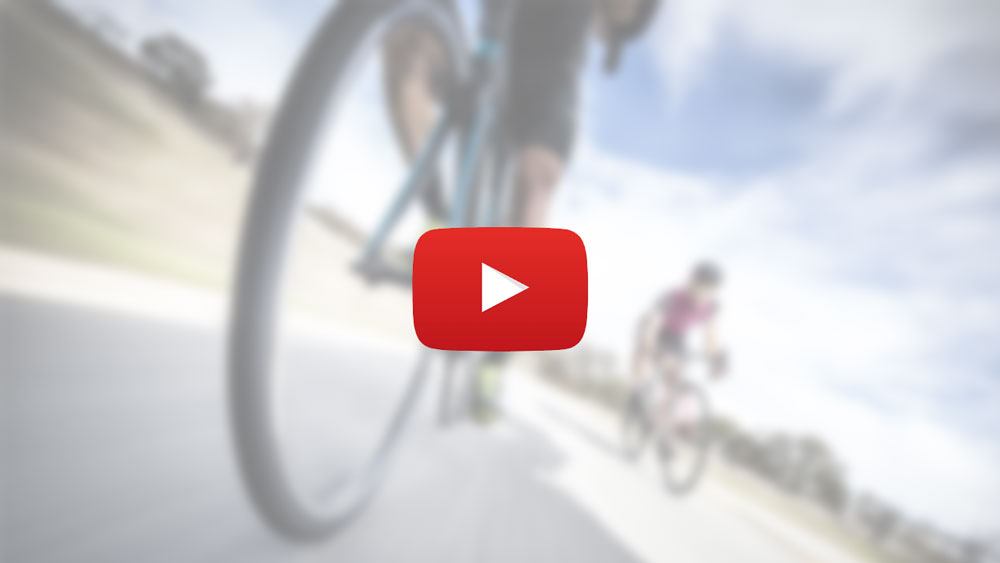Rotor Q-Ring Outer Chainring
Couldn't load pickup availability
Questions about this product?
Questions about this product?
* Rotor Q-Ring Outer Chainring: Product image may vary. Refer to the description for accurate details.
Rotor Q-Ring Outer Chainring Info
Rotor came up with an idea. Their engineers wanted to get more power to drive the rear wheel. They figured that rather than training the legs to work around dead spots in the pedal stroke, they could add power by changing the shape of the chain ring to work with the most powerful spots. That was the spark that developed the Rotor Q-Rings. Here’s in the Standard Outer Chain Ring.
Rotor’s Q-Rings are oval, with what they refer to as 10% ovality. That means their 53-tooth outer ring varies its leverage, from being a virtual 51-tooth chainring at the dead spot, to a virtual 55-tooth ring at the most powerful moment of your stroke. This way, your legs can get through the dead spots faster and then have more power when pushing down at the sweet spot of the stroke.
Carlos Sastre, riding for Team CSC was intrigued by the rings. He put them on his bike. He won the 2008 Tour de France on them, and used them for the rest of his successful pro career.
A bio-mechanics student brought Q-Rings to the lab. She found that Q-rings were faster than round rings and resulted in riders putting out more power. She found an average increase of 26.7 watts, or an increase of 6.2% for the same effort. As you can imagine, that means there’s reduced oxygen consumption and heart rate at sub-maximal efforts.
Rotor believes everyone can benefit from oval rings. The important thing is to set them up properly. You’ll notice many extra holes drilled where the rings are bolted to the spider. There are actually three different positions, something Rotor calls OCP3, or three Optimum Chainring Positions. This will allow you to tune the position so you’re arriving at the maximum chainring diameter at exactly the right moment in your stroke. A guide comes with the ring to help you determine your perfect position.
As with all their rings, these are CNC-machined out of 7075 aluminum plate. Steel shift pins are embedded into the rings to improve shifting.
This Q-Ring can be paired with a round inner ring, or a Rotor Q inner ring.
Rotor’s Standard Q Outer Ring can be had in either compact (110mm) or standard (130mm) bolt circle diameters. They are designed to mate perfectly with Rotor spiders, but can work with just about every manufacturer’s spider, including those with embedded power meters.
Of note: there is a limitation if you want to set up SRAM or FSA BB30 cranks that feature a one-piece spider with a Rotor Outer Ring, you’re limited to the 53-tooth ring in the #3 OCP position.
The Rotor Standard Q Outer Chainring helps put more of your power to drive the bike.












 RA
RA 

